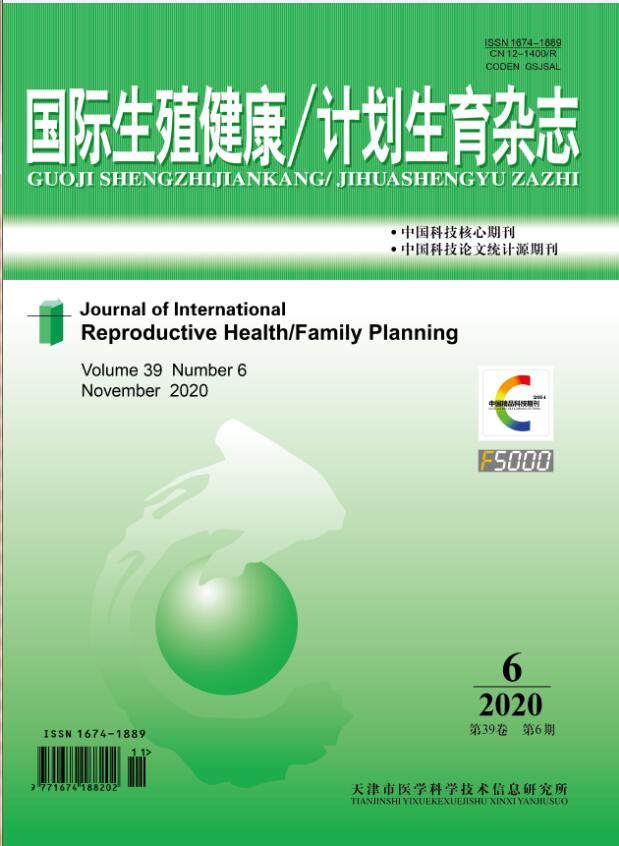|
|
Strategy and Its Outcomes in Reducing the Multiple Pregnancy Rates of IVF/ICSI
ZHANG Bo;FENGGui-xue;ZHOU Hong;WU Fang-rong;GAN Xian-you;SHU Jin -hui
2012, 31 (5):
399-403.
Objective:To investigate the effects of elective blastocyst culture and single blastocysttransfer (eBC -SBT)on the reduction of multiple pregnancy rate. 酝藻贼澡燥凿泽院Patients undergoing in vitrofertilization(IVF)or intracytoplasmic sperm injection(ICSI)in our center from January 2009 to December 2010were analyzed. Patients with good prognosis and high risk of multiple pregnancy were advised to receive eBC-SBT with the consent. Patients who refused to perform eBC-SBT and did not meet the criteria were transferredday -3 cleavage embryos. The implantation rate, clinical pregnancy rate and multiple pregnancy rate werecompared between the two groups. 砸藻泽怎造贼泽院淤The age of patients and embryo vitrifaction rate were similarbetween two groups(P>0.05). The implantation rate and live birth rate in the eBC-SBT group were significantlyincreased when compared to the D3 cleavage group(缘2.4% vs. 43.4%,P<0.05). Though the clinical pregnancy rate
(52.4% vs. 60.1%,P<0.05)slightly decreased in the eBC-SBT group, the multiple pregnancy rate (3.3% vs. 44.2% ,P <0.05), preterm delivery and low weight birth significantly decreased when compared to the D3 cleavage group (P <0.05). 于No significant differences in maternal age, number of oocytes and embryovitrification rate were observed between two periods(P>0.05). The implantation rate (26.2% vs. 34.6%,P<0.05),clinical pregnancy rate(42.4% vs. 47.1%,P<0.05)and live birth rate(30.6% vs. 38.0%,P<0.05)of the eBC-SBT group were higher, while the multiple pregnancy rate (30.9% vs. 17.3%,P<0.05)and low weight birth rate
(30.7% vs. 24.0%,P<0.05)were lower,than those of anterior period. 悦燥灶糟造怎泽蚤燥灶泽院The strategy of eBC -SBT can effectively reduce the multiple pregnancy rate, and improve the outcome of pregnancy, but do not decreasethe clinical pregnancy rate.
Related Articles |
Metrics
|

